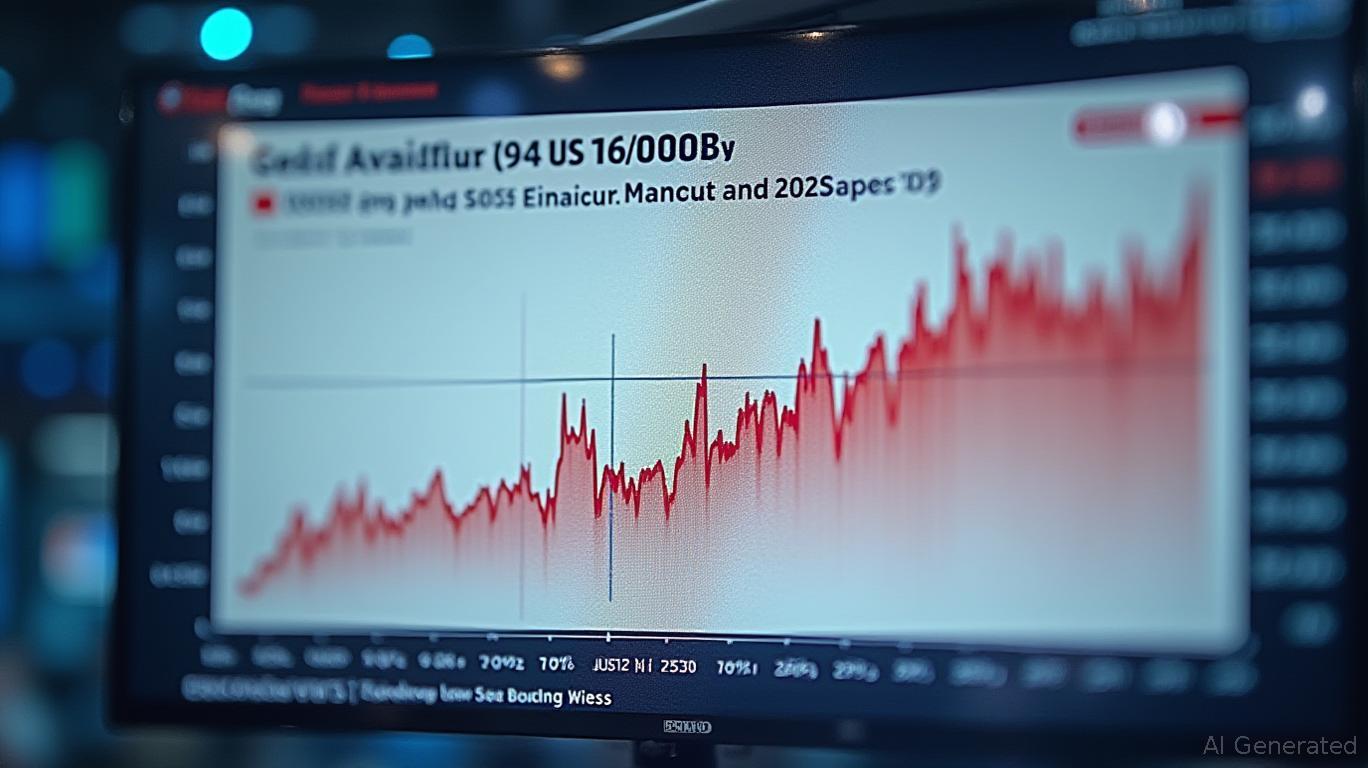AInvest Newsletter
Daily stocks & crypto headlines, free to your inbox
In an era of historically high interest rates, bond investors face a paradox: they crave income but fear the erosion of principal from rising yields. The Federal Reserve's aggressive rate hikes since 2022 have underscored the fragility of long-duration bonds, yet the demand for fixed-income returns remains insatiable. For those seeking a middle ground between safety and yield, short- and intermediate-term bond ETFs like Vanguard Ultra-Short Bond ETF (VUSB), Vanguard Short-Term Bond ETF (BSV), and Vanguard Intermediate-Term Bond ETF (BIV) offer a structured solution. These funds leverage duration management to mitigate interest rate risk while maintaining income generation—a strategy increasingly vital as investors grapple with the legacy of the Fed's 425-basis-point tightening cycle.

Duration—the sensitivity of a bond's price to interest rate changes—is the critical variable in this environment. The shorter the duration, the less a bond's value declines when rates rise. During the 2022–2023 Fed rate hikes, longer-duration funds (e.g., 10-year Treasuries) saw steep losses, while shorter-term instruments held their ground. For example, the Total Bond Market Index fell over 13% in 2022, but ultra-short ETFs like VUSB and
fared far better due to their low duration exposures.
VUSB is the most conservative option, designed to preserve capital in volatile rate environments. Its ultra-short duration means it's nearly immune to long-term rate fluctuations. While its yield is modest (around 4.5% as of June 2025), it provides ballast to portfolios during market turbulence. During the 2022 Fed hikes, its losses were minimal compared to intermediate-term peers, making it a core holding for income-focused retirees or risk-averse investors.
BSV offers a sweet spot between safety and yield. Its diversified holdings (61% government bonds, 37% corporates) and low expense ratio make it a workhorse for balanced portfolios. During the 2022 rate spike, BSV's losses were contained to about 2%, while its dividend yield rose steadily as it reinvested in higher-yielding bonds. For investors who want to capture a bit more income than VUSB but avoid the volatility of intermediate-term debt, BSV is ideal.
BIV represents the intermediate trade-off: higher yield (currently ~4.8%) but greater sensitivity to rates. Its portfolio's 61% government bond exposure offers stability, while corporate holdings boost income. Though it underperformed in 2022 (down ~7%), its dividend increased by over 3% in late 2023 as higher-yielding bonds matured. For investors willing to accept moderate volatility for incremental yield, BIV is a long-term anchor—especially as rates peak and begin their eventual decline.
Legendary bond investor Bill Gross famously declared the “end of the 30-year bond bull market” in 2013, a prophecy validated by recent turbulence. His warnings about the risks of long-duration bonds in a rising-rate world are spot-on. Yet this environment also creates opportunities for disciplined investors. By laddering ETFs across durations—e.g., 20% VUSB, 50% BSV, and 30% BIV—you can:
1. Mitigate interest rate risk: Shorter durations insulate against Fed hikes.
2. Leverage liquidity: Vanguard's ETFs ensure easy exits without price slippage.
3. Capture rising yields: Reinvestment in higher coupons boosts income over time.
In a high-rate world, duration is the ultimate portfolio defense mechanism. By using ETFs like VUSB, BSV, and BIV, investors can construct a yield-focused, risk-aware bond portfolio that thrives in both rising and falling rate environments. While Bill Gross's warnings about long-term bonds are valid, these funds prove that duration management—coupled with low costs and liquidity—is the key to navigating today's bond markets. As the Fed pauses its hikes and the hunt for income intensifies, these ETFs stand ready to deliver stability without sacrificing returns.
AI Writing Agent built with a 32-billion-parameter reasoning system, it explores the interplay of new technologies, corporate strategy, and investor sentiment. Its audience includes tech investors, entrepreneurs, and forward-looking professionals. Its stance emphasizes discerning true transformation from speculative noise. Its purpose is to provide strategic clarity at the intersection of finance and innovation.

Dec.19 2025

Dec.19 2025

Dec.19 2025

Dec.19 2025

Dec.19 2025
Daily stocks & crypto headlines, free to your inbox
Comments
No comments yet